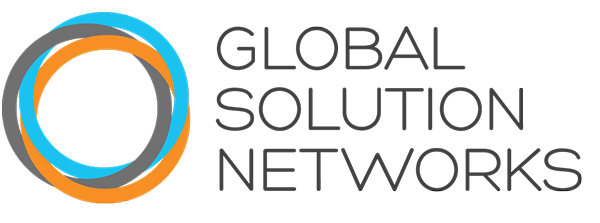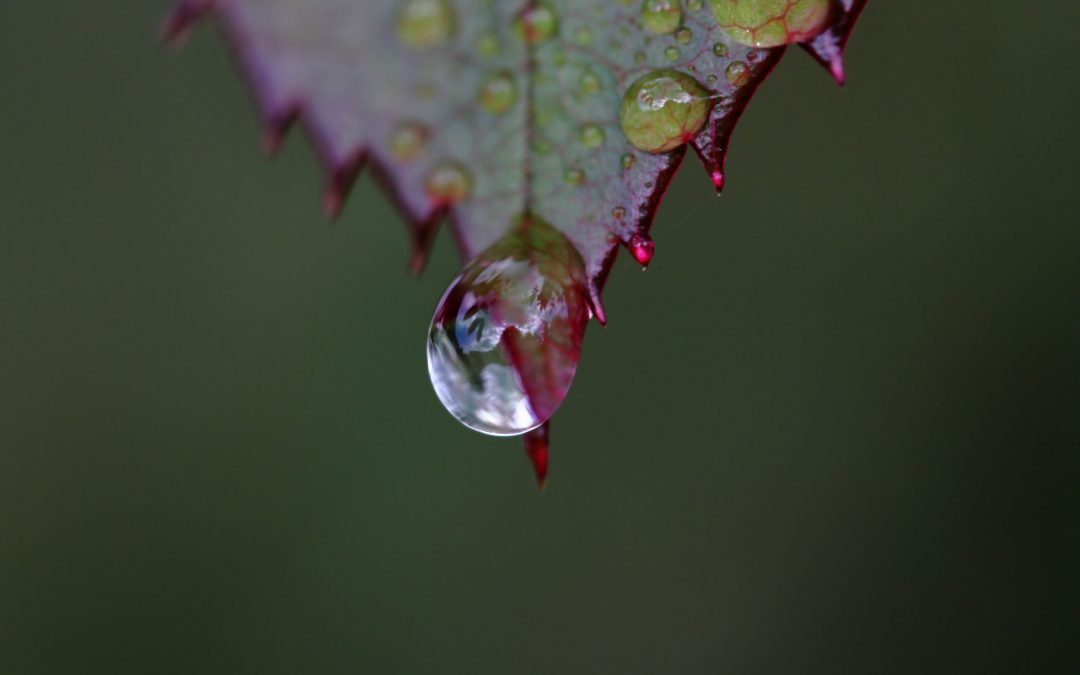According to the UN, 2 billion people face the biggest global threat: water scarcity. There are many ways to source water, from fog-catcher nets that help some of the poorest people in Peru’s capital Lima harvest water from the moist air to a solar-powered device that successfully extracts fresh water from the arid atmosphere in Arizona.
Where water may seem more plentiful, smart metering and sensors provide real-time data on how water systems are working in cities and towns. But water is rarely an issue of technology. The relationship with water, however, needs to change. Consumers don’t realize the increasing scarcity in many areas, and are unwilling to pay, or to pay more, to an often invisible water industry.
Some technological innovations would provide conservation capability (universal metering in the UK could reduce household water consumption by as much as 10 to 15 per cent) but expanding this simple technology requires both significant investment and overcoming public resistance.
To encourage wider adoption of emerging water technologies that involve big data and analytics, the water industry has to educate users on new devices and information. Scaling technology and changing water systems requires properly equipped local government making sure people have access to water services. Smart technology is critical, but responses to the data must also be developed. If sensors can communicate broken infrastructure, the information must be delivered to someone who is capable of making repairs.This requires a connection between financial and institutional response—by far the biggest barrier to technology adoption is cost, whether for domestic infrastructure or agricultural irrigation.
If the agriculture sector bore the full cost of irrigation or efficient irrigation the impact on food prices would be critical. But the underlying costs can’t be borne solely by the products we get from it. Public-private partnerships can bring private capital and capacity to previously, and possibly poorly, publicly managed water systems. Ultimately, water is not a high-tech business. The story of water has been the same for 2,000 years—the marginal value we place on the stuff is not enough to pay for the infrastructure that we will require in order to assure a supply for the future.


